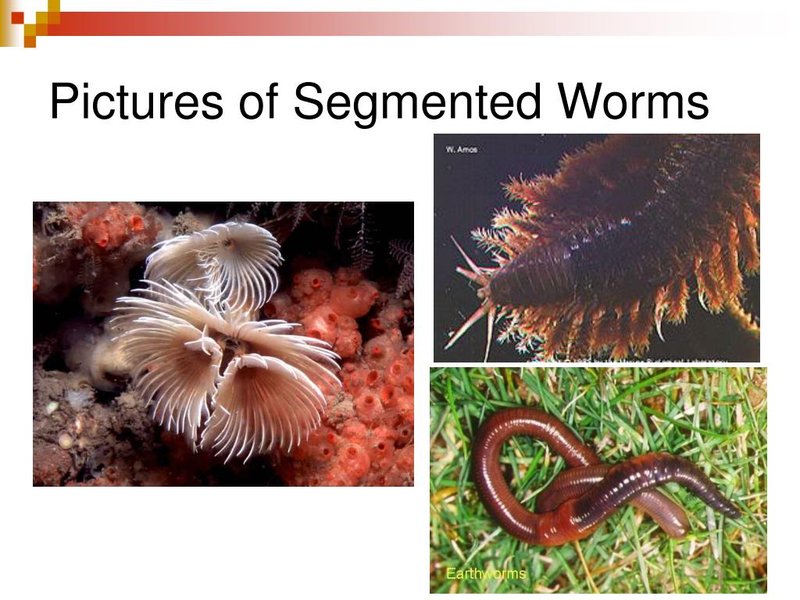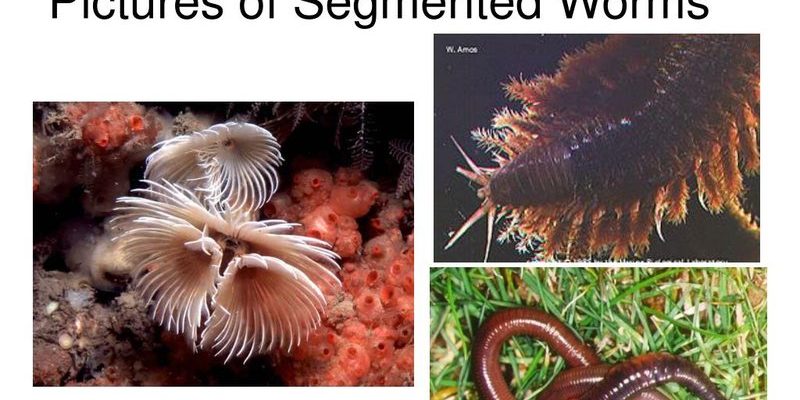
Imagine the segmented worm as a busy restaurant chef, preparing delicious meals that rely on fresh ingredients. These ingredients are the bacteria, fungi, and other small creatures that also call the soil home. By interacting with these microfauna, segmented worms help balance their ecosystem in a way that benefits everyone involved. Let me walk you through how these interactions work, what they mean for the environment, and why they matter more than you might think.
Understanding Segmented Worms
Segmented worms, or annelids, are diverse creatures that exist in various habitats—from gardens to forests. They have soft, elongated bodies divided into segments, which is where they get their name. Honestly, these little guys might seem simple, but they serve several critical functions in their ecosystems.
For starters, segmented worms are vital for soil health. They burrow around in the dirt, aerating it as they go. This aeration allows air, water, and nutrients to penetrate deeper into the ground, promoting healthy plant growth. Now, imagine the soil as a sponge. If you squeeze it, only the surface gets wet. But if you poke holes in it, water can reach the bottom. That’s pretty much what segmented worms do!
Another reason these worms are essential is that they feed on decaying organic matter. This includes dead plants and leaves, which they break down into nutrients that enrich the soil. Think of them as nature’s recyclers, tirelessly working to keep the circle of life moving forward.
The Role of Microfauna in the Ecosystem
Microfauna refers to the tiny organisms in the soil that can’t be seen without a microscope. This includes bacteria, protozoa, and even tiny nematodes. You might be wondering why these minuscule creatures matter. Well, they play crucial roles in nutrient cycling, soil formation, and maintaining biodiversity.
Bacteria, for example, break down organic materials in the soil, turning them into nutrients that plants need to grow. Protozoa feed on bacteria, regulating their population and ensuring that the soil doesn’t become too acidic. It’s a delicate balance, kind of like a high-stakes game of chess—one wrong move, and everything can get out of whack.
These microfauna interact with each other and with larger organisms, such as segmented worms. By doing so, they contribute to a healthy ecosystem. Picture a web of connections, where every tiny creature plays a role in supporting the bigger picture. It’s pretty impressive!
How Segmented Worms Interact with Microfauna
So, how do segmented worms fit into this intricate web of life? They actually have several beneficial interactions with microfauna. For example, when segmented worms consume decaying matter, they break it down into smaller particles. This makes it easier for bacteria to do their job—turning that matter into nutrients for plants. It’s like a relay race where each runner passes the baton to the next!
Moreover, worms help create an environment that encourages bacterial growth. Their burrowing actions create microhabitats—small areas where moisture and nutrients can gather, providing an ideal living space for bacteria and fungi. You can think of it as setting up a cozy café where these tiny organisms can thrive.
Another interesting interaction is how segmented worms can influence nematode populations. If worm numbers are high in the soil, they help control certain types of nematodes by keeping their populations in check. It’s all about balance, and these worms are essential players in maintaining it.
The Benefits of Worm-Microfauna Interactions
The interactions between segmented worms and microfauna bring a host of benefits to their ecosystems. First and foremost, they contribute to soil fertility. Nutrients released from decaying organic matter feed plants, leading to healthier vegetation. This isn’t just a win for the worms and microfauna but for all life forms that depend on plants for food and shelter.
Moreover, healthy soil facilitates better water retention. This means that plants don’t just survive; they thrive. Think of it like a well-watered garden versus a dry, cracked one. The former flourishes, while the latter struggles. When soil is full of life, including these worms and their tiny companions, it can effectively store moisture, preventing drought conditions.
Let’s not forget about biodiversity. When segmented worms and microfauna interact positively, they create habitats that support various species. This diversity ensures that ecosystems remain resilient, able to adapt to changes and challenges, like climate shifts. It’s like having a diverse team of players on a sports team—everyone has their strengths, and together they can tackle any obstacle.
Impact on Soil Health and Agriculture
Understanding how segmented worms interact with microfauna is not just interesting—it has real-world implications, especially in agriculture. Farmers often rely on healthy soils to produce crops sustainably. By fostering these interactions, they can improve soil health and crop yields.
Farmers can encourage segmented worms by adopting no-till farming methods. This reduces soil disturbance, allowing worms to thrive. Healthy worm populations then enhance the soil’s overall biodiversity, leading to richer, more fertile ground. It’s a win-win situation!
Also, organic farming practices that promote biodiversity—like crop rotation and using cover crops—support a robust microfauna ecosystem. This, in turn, helps segmented worms do their thing more effectively. It’s all interconnected, reminding us that nature has its own way of balancing things out.
In the grand scheme of things, segmented worms might not seem like the stars of the show, but they play an essential role in maintaining the health and balance of their ecosystems. Their interactions with microfauna are crucial for soil fertility, plant health, and overall biodiversity.
So, the next time you see a segmented worm wriggling through the soil, take a moment to appreciate what it’s doing beneath your feet. These small creatures are heavyweights when it comes to sustaining life, helping to create a vibrant, interconnected web of life that benefits all. By recognizing and supporting these interactions, we can contribute to healthier ecosystems and a more sustainable world.

